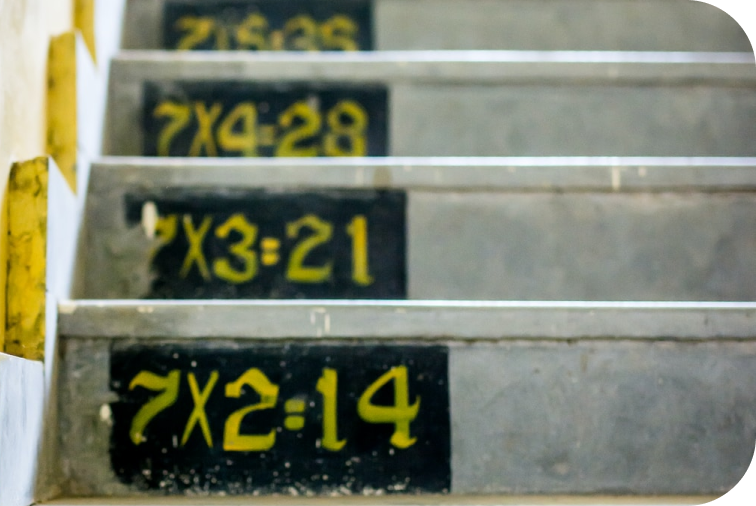Preschool Program
Their added purpose is that children who work on real tasks which involve the hand and the mind together develop a great capacity to concentrate, which is the best possible preparation for the intellectual work to come.
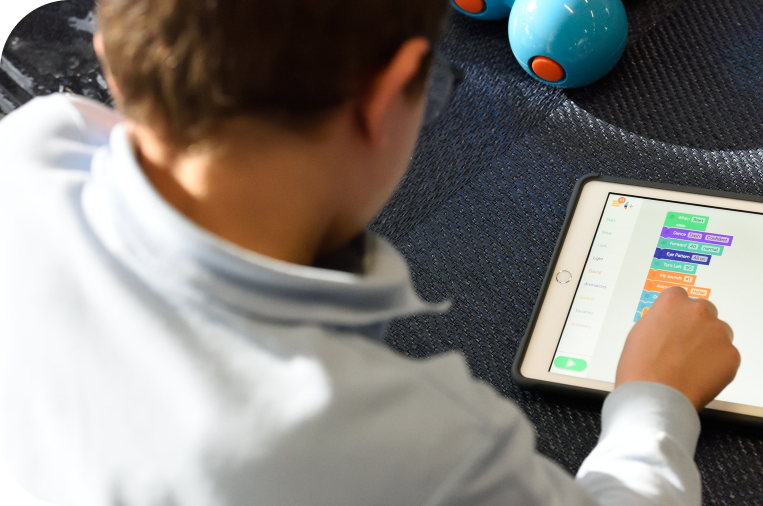
Practical Life
The very first activities children take part in a Montessori classroom develop their ability to look after themselves and their surroundings. The children who work on real tasks which involve the hand and the mind together develop a great capacity to concentrate. This is the best possible preparation for the intellectual work to come.
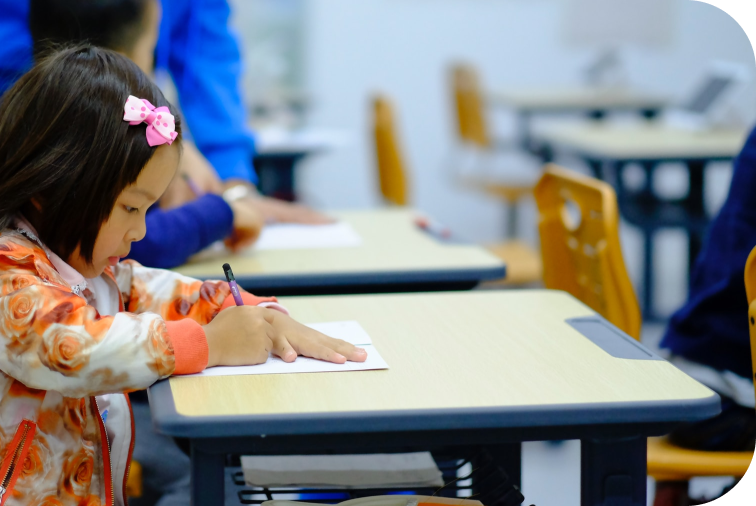
Sensorial
This area of learning stimulates and refines the sensory capabilities of the children in the age of 1.5-6 years old. Sensorial exercises allow the child to acquire clear, conscious, information and to be able to then make classifications in their environment.The sensorial materials prepare the child for reading and writing in their later stages of development.
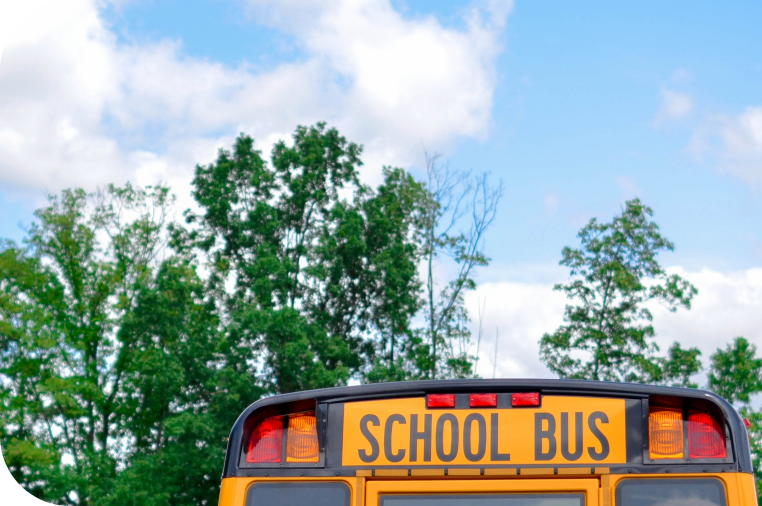
Cultural
Children begin with globes and then study maps using jigsaws. They can trace and color the shapes of each continent as well as placing them in the right place in the puzzle. They go on to name and put the shapes onto blank maps of the world and to recognize flags. Looking at countries individually they will use picture cards of mothers and babies, families and their daily lives and handle and examine artifacts from other cultures. We have cultural boxes, one for each country, filled with all the exotica teachers can find to bring new places alive. On festival day's schools may celebrate with tastes of exotic foods, learn songs from other countries, costume and celebrations.
Science materials give opportunities to experiment with magnets, light, and air. In many areas of the cultural curriculum children use classification cards for naming, matching or identifying anything and everything from leaf shapes to different kinds of stone to different stages of a tadpole's metamorphosis into a frog. The breadth of children's knowledge of their world when they leave Montessori school can be quite astounding.

Language
Language is a tool to express ourselves either verbally, spoken, or written, or using gestures. The child-sensitive period in language is between 0-6 years old. The child absorbs any language heard. The child is able to learn passively without any conscious effort.
Writing often comes before reading in a Montessori classroom with children building up their first words phonetically using cardboard letters.
A wide range of story and reference picture books are always available in our classrooms.
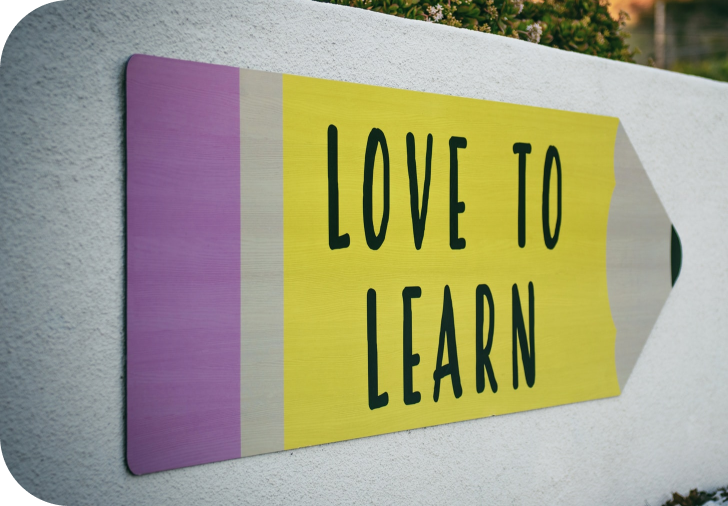
Mathematics
Children must have a multitude of sensorial experiences with size, dimension and form before they are introduced to mathematical quantities and their symbols. Before formal lessons, the children need casual practice with hands-on materials. This allows them to become more comfortable with numbers and arithmetic concepts.
